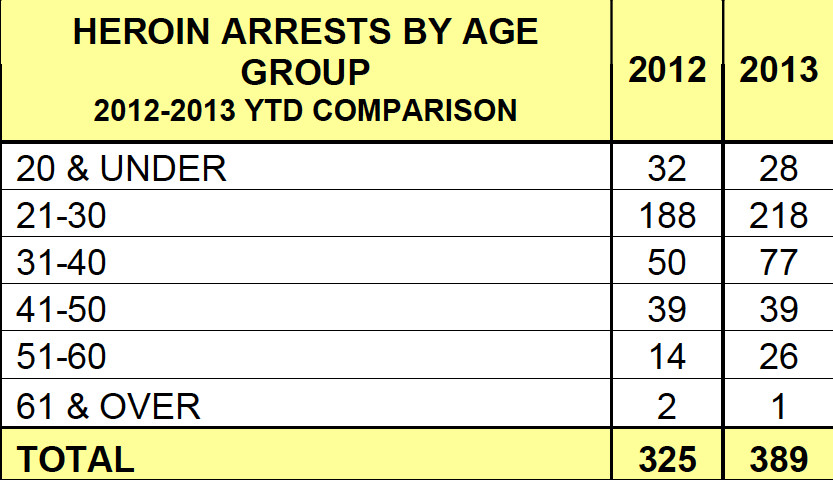Prescription drugs are a problem
Rising numbers in Nassau County opiate abuse
Prescription drug abuse in the United States has spiked dramatically in the past few years, and Nassau County is no exception.
Illegal use of prescription drugs has become so widespread across the country that the Centers for Disease Control and Prevention have classified the abuse of these drugs as an epidemic. According to “A Response to the Epidemic of Prescription Drug Abuse,” a fact sheet published in 2011 by the Office of National Drug Control Policy, prescription drugs are the second-most abused category of drugs in the country, following marijuana, and substance abuse treatment admissions by patients aged 12 and older increased more than fourfold from 1998 to 2008.
“Prescription drug abuse has reached epidemic proportion in the United States,” said Charles Gennario, commissioner of the Rockville Centre Police Department and a member of the Nassau County Heroin Prevention Task Force. “Police executives have realized we are not going to arrest our way to ridding our society of this problem.”
According to Gennario, prescription abuse is the fastest growing cause of death among middle-aged women, with a 400 percent increase in the last two years. Abuse is rapidly growing among youth as well, he said; 2,500 children between 12 and 17 experiment with prescription drug use for the first time each day.
“These are staggering statistics,” he added.
Nassau County’s figures don’t look much better. Between 2012 and 2013, opiate and heroin arrests in the county increased by 16 and 20 percent respectively, according to charts provided by the Nassau County Police Department.
“I can tell you that we’ve seen a consistent escalation of prescription drug use over the last seven or eight years,” said Art Rosenthal, executive director of Confide Counseling and Consultation Center in Rockville Centre, a non-for-profit dedicated to helping any individual, family, group, organization or institution overcome substance abuse or related problems. “We’re seeing people come in here who are young, who are high school age, pre-college age kids. We see their families and we see the devastation it causes…. It’s a very elusive, insidious type of illness.”

 47.0°,
Mostly Cloudy
47.0°,
Mostly Cloudy 











